Written by Eliza Carter
The bill to legalize rain barrels has passed both chambers of the Colorado legislature and was signed by Governor John Hickenlooper this month! Soon you’ll be able head out to the store and purchase your very own legal rain barrel.
It’s clear to us that all of our amazing supporters felt very strongly about this issue. Every time we talked to folks in the community, we heard that you all wanted a rain barrel to use your rainwater more efficiently. Part of that is because it seems so silly; whoever heard of a Home Depot product that is illegal in a state where you can buy marijuana-infused gummy bears?
However, rain barrels are also a very important tool for people to become more informed about their water use and our water limitations in the West. Here’s the thing: water scarcity can be a difficult thing to keep in mind. Many of us know that our water is limited, but very few factors in our daily lives really reflect that limitation. When we need some water at home, we can get as much as we want from the faucet or the shower or the garden hose. Not so with rain barrels. When it’s been raining a lot, a rain barrel will fill up and you’ll have water to use on your garden. But when you leave the spigot open or it’s been dry, that water will be gone before you know it.
But what’s next for water conservation in our state? Rain barrels are a great first step for a more empowered public, but that’s just part of ensuring a healthy water future and there are many more steps to take.
Colorado is facing some staggering challenges when it comes to our water supply. And until recently, we didn’t have a plan in place on how we were going to meet our growing water needs in light of population growth, climate change, and other stressors.
People are moving to Colorado by the thousands every month, and our water supply is not going to increase to meet the demand. Further, climate change is exacerbating drought and threatening to dry up our rivers. So we need to get smart about how we use our water. Fortunately, Governor Hickenlooper recently released the final Colorado Water Plan, which will serve as a road map for how we manage our water for years to come. It contains some strong goals and that, if met, will help us ensure that future generations will have enough water and our rivers will stay healthy and flowing. The plan recognizes that increasing water conservation in our cities is one of the easiest ways we can help protect the health of our rivers.
But we’ve got to make sure the plan is implemented. It’s possible that this plan will simply get filed away, and we really can’t let that happen. If we’re going to confront the water challenges we face, we need to put in the work and buckle down, right now.
So what can you do?
Well, a whole lot, actually.
First, we should thank the governor for signing the bill!
Second, we’ve got to ensure our legislators know that this is a priority for their constituents. Over the summer, legislators on a water committee will be meeting to discuss possible legislation for next year. At this we should ensure that our elected officials make conservation and implementation the water plan a priority.
Third, you can tell the Colorado Water Conservation Board you want conservation to be a priority for them as well.
You can also keep all this in mind this November. If Colorado is going to confront its water future in smart and innovative ways, we need our elected officials to support conservation. So read up about the candidates on our elections page and vote for the folks who will keep our rivers healthy and flowing!
Finally, go buy your new rain barrel and encourage your friends to do the same!

 But in Colorado, we’re committed to tackling these challenges. After an extensive — and collaborative — process, the state released the first-ever
But in Colorado, we’re committed to tackling these challenges. After an extensive — and collaborative — process, the state released the first-ever 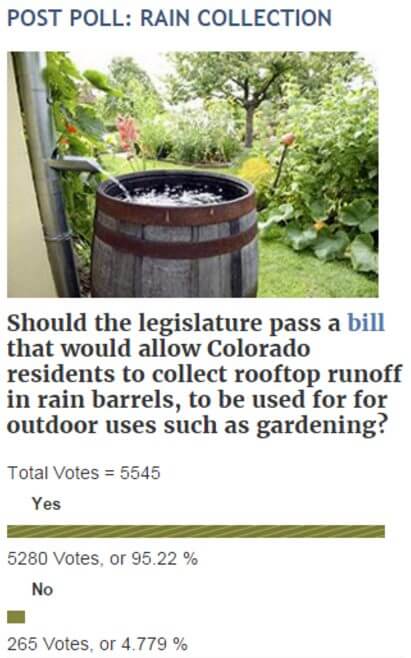 State Representatives
State Representatives 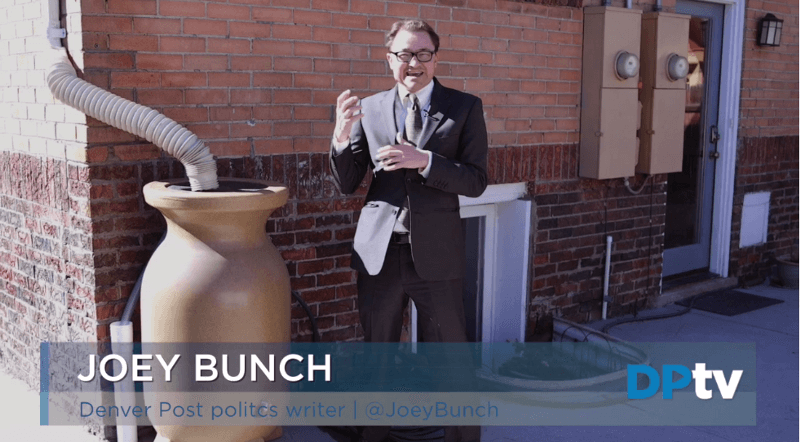

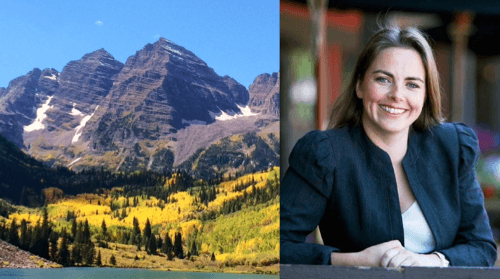

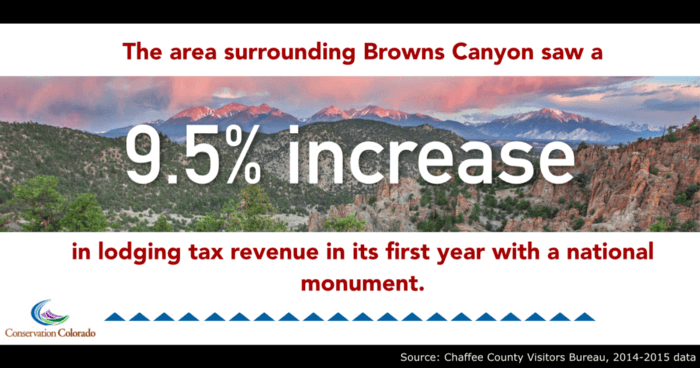
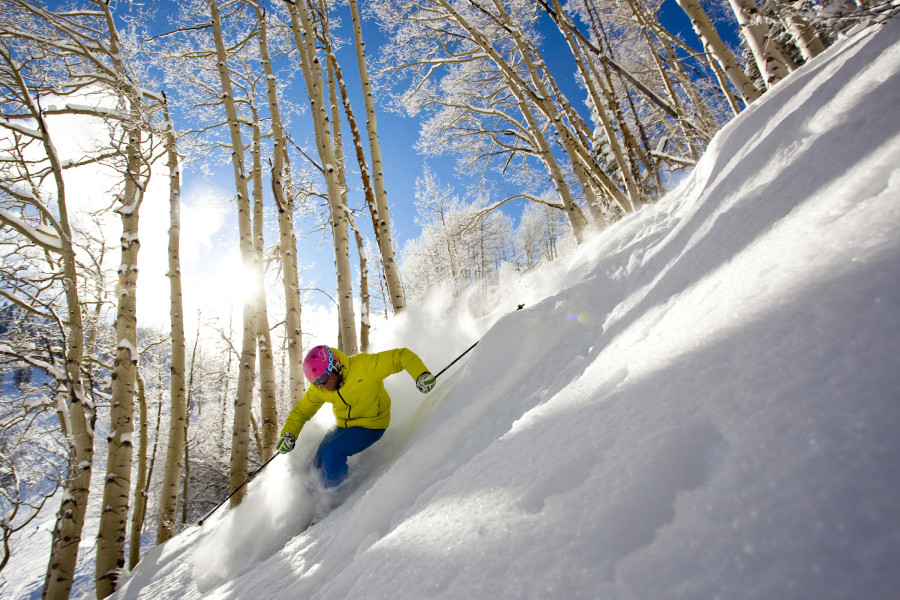 We advocated strongly for these principles at water planning hearings, one-on-one meetings with designated planning representatives, and the public. We heard from roundtable members that they needed more information and data on how to best protect their streams. We heard pushback that a statewide conservation goal was impossible because it would be seen as a “mandate” and “one size fits all” requirement. We heard that more Colorado River water needed to be transported to the Front Range. We kept hearing these things but we kept pushing our principles.
We advocated strongly for these principles at water planning hearings, one-on-one meetings with designated planning representatives, and the public. We heard from roundtable members that they needed more information and data on how to best protect their streams. We heard pushback that a statewide conservation goal was impossible because it would be seen as a “mandate” and “one size fits all” requirement. We heard that more Colorado River water needed to be transported to the Front Range. We kept hearing these things but we kept pushing our principles.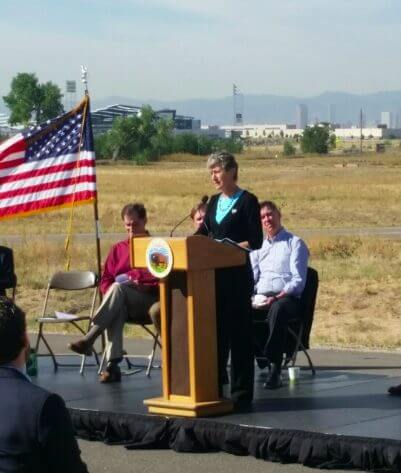 Our Conservation Colorado team scored a major touchdown on September 22, when Interior Secretary Sally Jewell announced that Greater sage grouse do not need the protection of the Endangered Species Act. That same day, the Bureau of Land Management released Records of Decision for their grouse management plans.
Our Conservation Colorado team scored a major touchdown on September 22, when Interior Secretary Sally Jewell announced that Greater sage grouse do not need the protection of the Endangered Species Act. That same day, the Bureau of Land Management released Records of Decision for their grouse management plans. Continue bringing people together to conserve sagebrush.
Continue bringing people together to conserve sagebrush.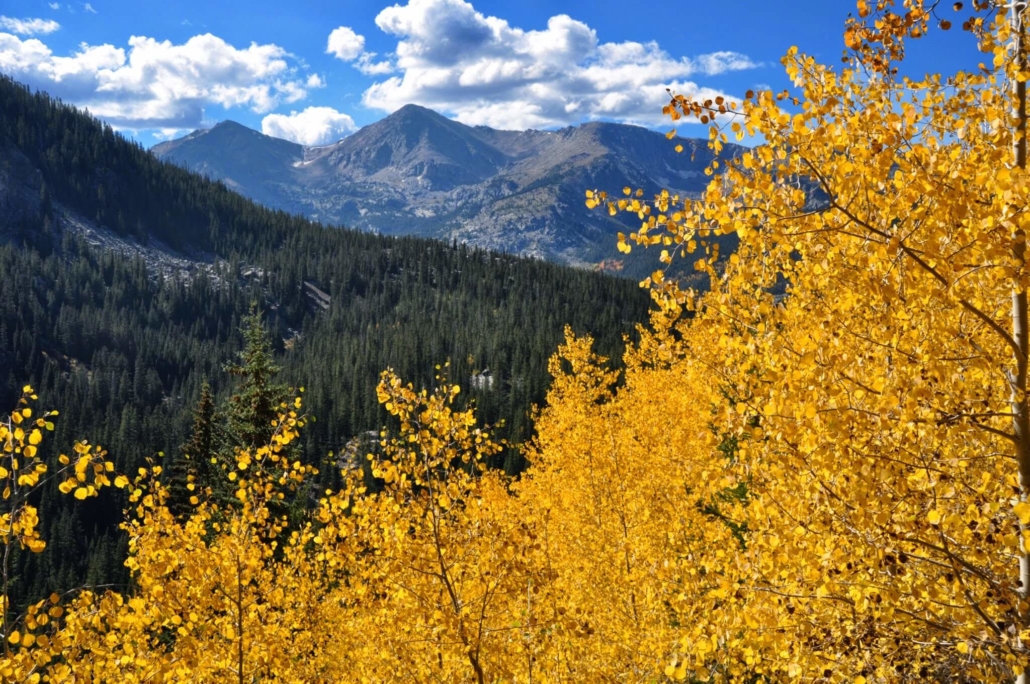
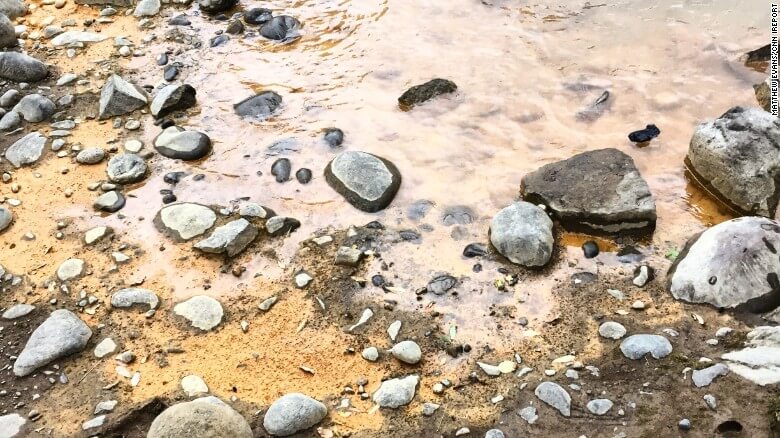
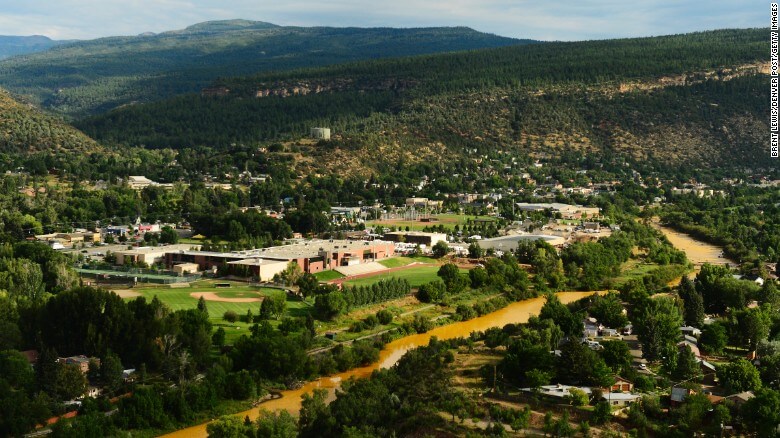
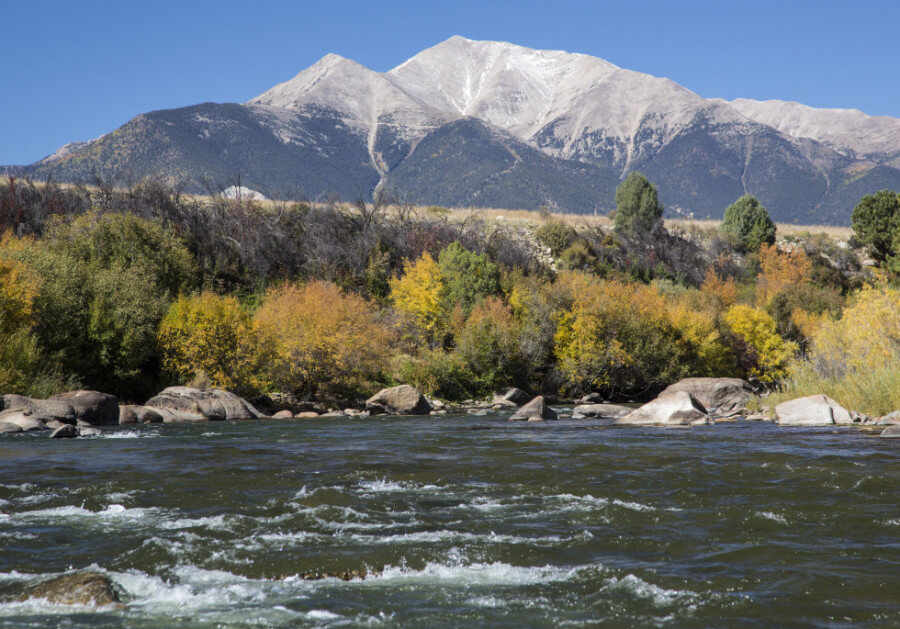
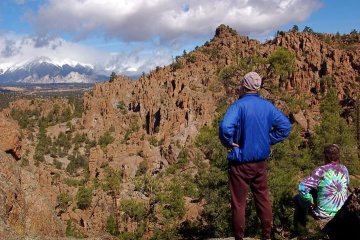 For me, the story of protecting Browns Canyon is a lesson in perseverance and pragmatism. If you have something worthwhile, never give up on it, and be open to different paths to getting the thing done. It paid off for Browns, and the nation, state of Colorado and the Arkansas River valley are the richer for it. And I am glad that I played a small role in making that happen, and happy that I got to know and work with talented and passionate people, people like Becca Strelitz, along the way.
For me, the story of protecting Browns Canyon is a lesson in perseverance and pragmatism. If you have something worthwhile, never give up on it, and be open to different paths to getting the thing done. It paid off for Browns, and the nation, state of Colorado and the Arkansas River valley are the richer for it. And I am glad that I played a small role in making that happen, and happy that I got to know and work with talented and passionate people, people like Becca Strelitz, along the way.

